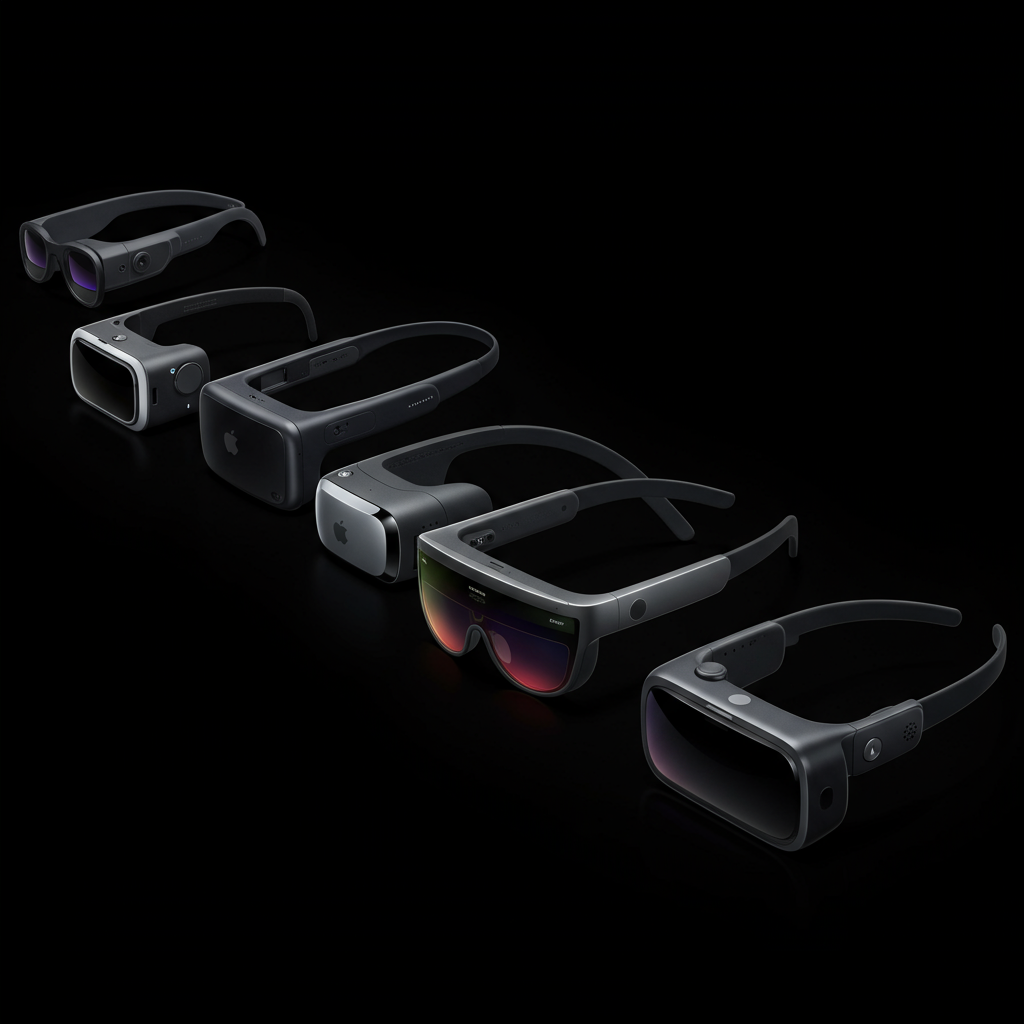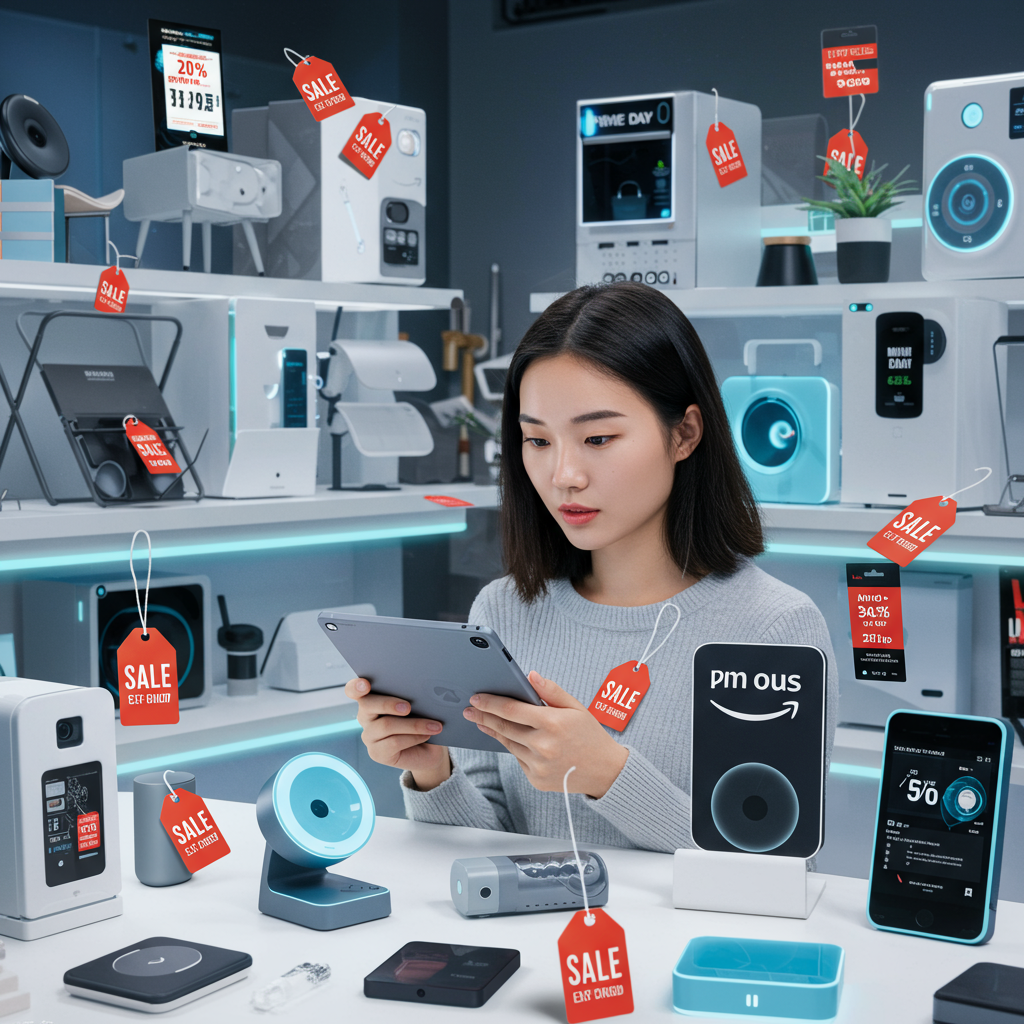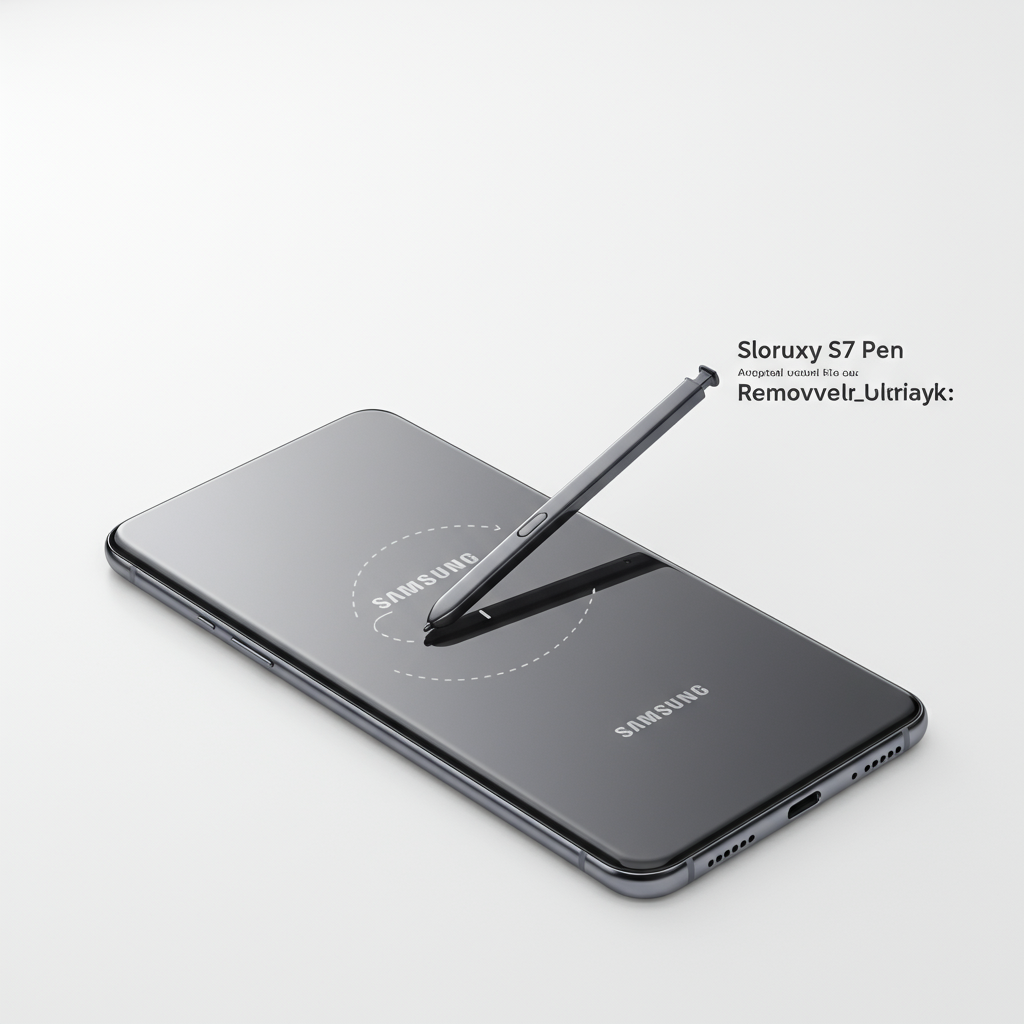Apple appears poised for a major leap into the world of augmented and virtual reality (AR/VR) and smart glasses, according to a detailed report from respected analyst Ming-Chi Kuo of TF International Securities. The company reportedly sees these head-mounted devices as the “next big trend” in consumer technology. This vision involves a substantial expansion of its product line, with plans for as many as seven new wearables hitting the market by 2028, starting with key releases in 2027.
This aggressive roadmap suggests Apple is not deterred by the current high price and niche appeal of its initial Vision Pro headset. Instead, it seems the company is laying the groundwork for a multi-tiered strategy, aiming to offer a range of devices from premium mixed-reality experiences to more accessible smart glasses designed for everyday wear. The plan reportedly includes updates to the Vision Pro line and the introduction of entirely new form factors, particularly focusing on weight reduction and lower price points to broaden appeal.
Apple’s Ambitious Wearable Roadmap
According to Kuo’s supply chain insights, Apple has a total of seven different head-mounted devices currently in development. This includes three distinct products within the Vision series and four different variants of smart glasses. The analyst’s report indicates a clear timeline for some of these products, with the first wave expected to arrive starting in 2027. Crucially, no new head-mounted devices are anticipated in 2026, suggesting a focused development period before the planned expansion begins.
The roadmap highlights Apple’s intent to cater to different segments of the emerging wearable market. While the Vision Pro targets professional users and enthusiasts with its immersive capabilities and high fidelity, future devices aim for greater accessibility and integration into daily life. This strategic diversification reflects the growing potential of the AR/VR and smart glasses market, which Grand View Research projects will grow significantly from $1.93 billion in 2024 to $8.26 billion by 2030.
Evolution of the Apple Vision Series
The Vision Pro headset is expected to see updates relatively soon, followed by new models designed for wider adoption. An updated version of the current Vision Pro is reportedly slated for mass production in the third quarter of 2025. This refresh is described as a more straightforward update, primarily featuring an upgrade to the main processor, moving from the current M2 chip to a more powerful M5 chip, while largely retaining the original design and specifications.
Looking ahead, 2027 is projected to bring a major addition to the Vision lineup: the “Vision Air.” This model is specifically designed to be substantially lighter than the first Vision Pro, potentially reducing weight by over 40 percent. To achieve this, the Vision Air is expected to utilize materials like plastic and magnesium alloy instead of titanium and glass, and incorporate fewer sensors. It will reportedly be powered by Apple’s latest flagship iPhone processor, enabling a “significantly lower price” compared to the premium Vision Pro. Production for the Vision Air is anticipated to begin in the third quarter of 2027.
Further out, a second-generation Vision Pro is reportedly in development, not expected before the second half of 2028. This successor is planned to feature a completely new, “significantly lighter” design than the current model. It is also projected to come with a lower price tag and be powered by a more capable processor, likely a Mac-grade chip, positioning it as a premium yet more refined offering than the initial model.
Apple’s Entry into Smart Glasses
Beyond immersive headsets, Apple is reportedly making a significant push into the smart glasses form factor, with four different models under development. The first of these is anticipated for mass production in the second quarter of 2027. These initial smart glasses are described as resembling normal eyewear, perhaps “Ray-Ban-like,” and notably, are expected to launch without a built-in display.
Instead of visual displays, these glasses will reportedly focus on audio playback, a built-in camera for photos and video recording, and a user interface relying heavily on voice commands and gesture recognition. A key feature is also expected to be advanced AI environmental sensing, allowing the glasses to analyze and potentially react to the user’s surroundings. Ming-Chi Kuo is reportedly optimistic about the potential market impact of this accessible design, forecasting shipments of 3-5 million units just in 2027. This suggests Apple views display-free smart glasses as a more immediate opportunity for mass market adoption than its Vision headsets.
Following the display-free model, Apple is also reportedly developing more advanced smart glasses featuring a built-in see-through color display. These are referred to as “XR Glasses” and are expected to arrive later, in 2028. These glasses will likely integrate similar voice and gesture controls but add the capability to overlay digital information directly onto the user’s view, powered by AI connectivity. Details on the remaining two smart glasses variants are less clear at this time.
The Broader XR Market and Competition
Apple’s expanded roadmap comes as the market for head-mounted devices and wearables is heating up, with major tech companies vying for position. Meta, a key competitor, is active with its Ray-Ban and Oakley-branded smart glasses, which have seen around 2 million units sold. Meta also leads in consumer VR headsets with over 20 million Quest units sold and continues research into advanced display technology like its “Orion” prototype.
Google recently unveiled its Android XR platform and is collaborating with partners like Qualcomm and Samsung on future glasses. Chipmaker Nvidia is also contributing by developing AI models crucial for enhancing the smart glasses experience. This competitive landscape underscores the strategic importance of this market. For companies like Meta, success in AR/VR and smart glasses could mean establishing their own hardware and software ecosystem, reducing reliance on platforms controlled by others.
Apple, however, brings immense brand loyalty and a vast ecosystem of devices and developers to this competition. Its forceful entry with multiple product tiers could pose a significant challenge to existing players like Meta. While Meta currently has a head start in unit sales for both smart glasses and VR headsets, Apple’s planned scale and product variety by 2027-2028 indicate a long-term commitment to becoming a dominant force in the future of personal computing beyond phones and computers.
Ming-Chi Kuo’s report also mentioned other projects, including a tethered display accessory designed to connect to an iPhone or Mac. However, development on this specific device has reportedly been paused since last year. The reason cited is that the product did not possess sufficient competitive advantage, particularly noting it weighed more than existing rival offerings, making it less appealing in a competitive market focused on portability and comfort.
Frequently Asked Questions
What is the next Apple Vision Pro update planned?
According to analyst Ming-Chi Kuo’s report, the next expected update for the Apple Vision Pro headset is a refresh slated for mass production in the third quarter of 2025. This updated model is anticipated to feature an upgrade from the current M2 processor to a more powerful M5 chip, while the design and other main specifications are expected to remain largely unchanged from the initial release.
How does Apple’s Vision Air differ from the Vision Pro, and when are smart glasses expected?
The Apple Vision Air, reportedly planned for production in the third quarter of 2027, is designed to be significantly lighter than the Vision Pro, potentially reducing weight by over 40%. It will use materials like plastic and magnesium alloy, have fewer sensors, and be powered by an iPhone processor to achieve a substantially lower price point. Apple’s first smart glasses are also expected earlier in 2027, specifically the second quarter for mass production. These initial smart glasses are anticipated to resemble regular glasses, lack a display, and focus on audio, camera, voice/gesture control, and AI environmental sensing. Display-equipped XR glasses are projected for 2028.
Why is Apple developing so many AR/VR devices, and who are their main competitors?
Apple is reportedly developing multiple AR/VR and smart glasses devices because it views head-mounted wearables as the “next big trend” in consumer electronics, a market expected to grow significantly in the coming years. By developing various models, including premium Vision Pro updates, the lighter/cheaper Vision Air, and multiple types of smart glasses, Apple aims to address different market segments and user needs, establishing its ecosystem early. Key competitors in this space include Meta with its Quest headsets and Ray-Ban smart glasses, Google with its Android XR platform and partnerships, and companies like Nvidia working on supporting technologies.
Conclusion
Ming-Chi Kuo’s detailed projections paint a clear picture of Apple’s long-term strategy for augmented and virtual reality technologies. Far from abandoning the space after the Vision Pro’s debut, the company is seemingly preparing a broad portfolio of devices, from lighter, more accessible Vision headsets like the Vision Air to entirely new form factors like display-free smart glasses. The focus on weight reduction, lower prices, and varied capabilities suggests Apple intends to make these technologies a mainstream part of its ecosystem by the late 2020s. As the competitive landscape intensifies with major players like Meta and Google also investing heavily, Apple’s planned expansion positions it to become a formidable force in the future of wearable computing.




